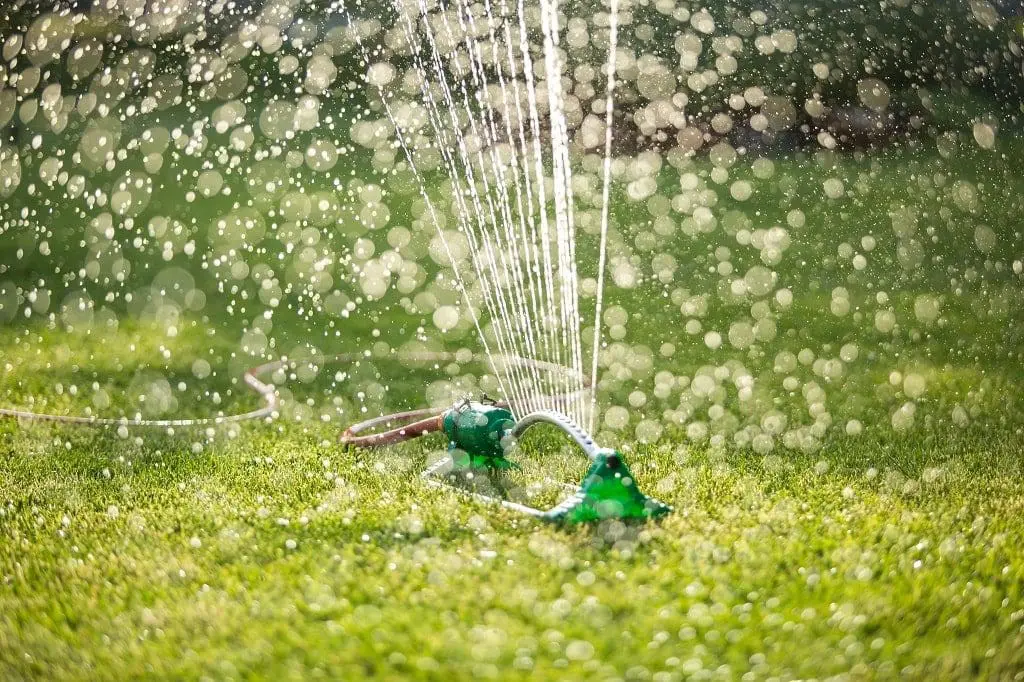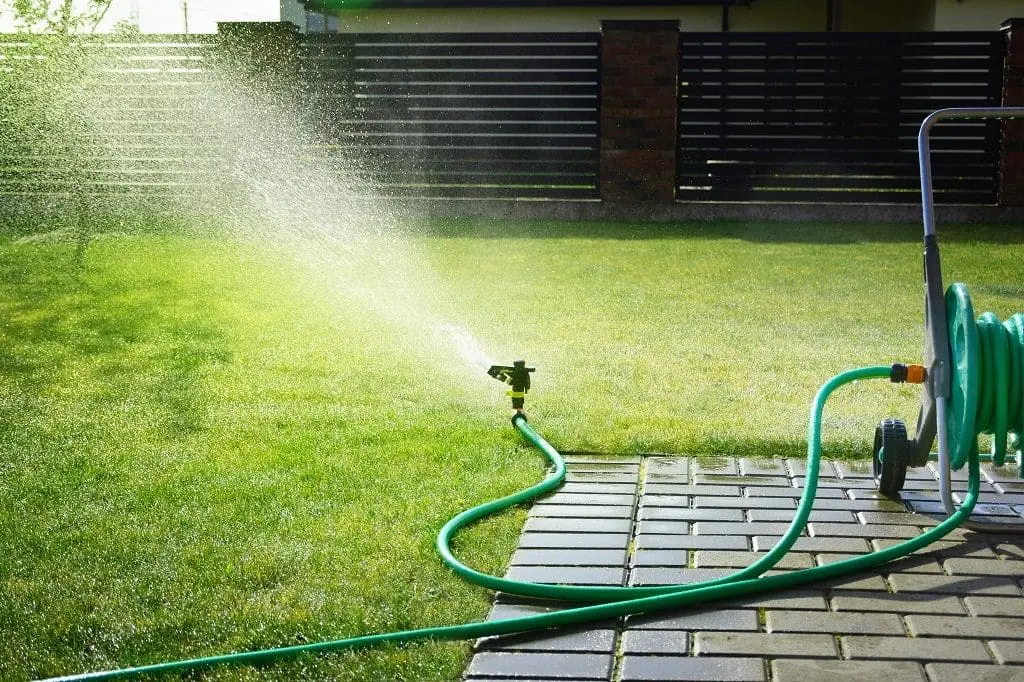Watering your lawn is a key part of keeping your grass healthy. It’s easily overlooked, but knowing how to properly water grass, when combined with other lawn maintenance services, can transform a yard.
It’s always important to have a good grass irrigation routine or system in place, as well as a solid knowledge of lawn maintenance and care – from dethatching and overseeding to nourishing the soil with quality fertilizer.
In this piece, we’ll walk you through some of the most important things to remember when it comes to lawn watering!
Don’t Overdo It

It’s easy to either assume that your lawn will get the water it needs from the rain or that occasionally drenching the soil will give your grass all the water it needs – but it doesn’t work like that!
A lawn irrigation system, whether that’s a timed schedule on your behalf or a sprinkler system, must be in place to ensure your lawn can grow healthily, particularly during the growing season.
So whether you’re watering grass seed, you intend to irrigate a lawn already in your yard, remember not to drench the soil with too much water. This technique may result in disease growth, including fungus, which damages the health of your grass. It also compacts the soil, which makes it harder for roots to absorb the nutrients they need from the soil.
A good rule of thumb is to ensure that your lawn gets between an inch and 1.5 inches of water every week. If you live in a rainy environment, consider the amount of precipitation you get in a week and subtract that from the amount of water you use for yard irrigation.
Prepare a Schedule

Knowing the best time to water a lawn is key to encouraging healthy new grass growth.
For new grass seed watering, be sure to stick to these rules:
- Water once per day for two to three days before you plant any new seed.
- Once a new seed is planted, water the lawn again for roughly 10 minutes.
- Until you see the seeds sprouting, water your lawn morning and night for ten minutes each time.
- Once the grass has begun to sprout, return to a normal watering schedule – meaning 1-1-5 inches of water per week.
In terms of the best time to water grass, we say it’s the morning.
Watering a lawn during the cool temperatures of the morning, before 9 am, reduces the amount of water that evaporates from the surface of the soil before it can sink into the ground and feed the roots.
This not only ensures that our lawn is getting the right amount of water but also saves you money on your water costs.
How Long to Water a Lawn

When you’re watering grass seed or lawns, it might help to know how long to water your lawn. We’ve already talked about how the average lawn needs between 1 and 1.5 inches of water per week, but that might be hard to visualize.
If you’re aiming for an inch of water, be sure to water the lawn for 20 minutes roughly three times per week. You can do this more thoroughly and accurately with a sprinkler system, but you can, of course, do it yourself with a hose.
If you’re aiming for one and a half inches, then the best way to water your lawn is to aim for 30 minutes three times per week.
If you live in an area with extreme heat or sunshine, you might want to increase that number – or simply remember our trick of watering the lawn between 4 am and 9 am. That way, you reduce the risk of your water evaporating in the sun.
If you’re still struggling to figure out how long to water your grass, there’s a neat trick you can use if you have sprinklers set up. Simply place a container in your yard – ideally a transparent plastic container – and run the sprinklers. Run a timer and watch to see how long it takes until the plastic container fills with an inch or an inch and a half of water.
The length of time could differ depending on the sprinklers you use, so this is the most accurate way to find out precisely how long you need to irrigate a lawn.
Is Your Grass Watered Enough?

As we’ve discussed, watering new grass and lawns requires getting the volume of water and frequency of watering right – but how do you know if your grass is watered enough?
Here are the most noticeable signs that your lawn isn’t watered enough:
- Dry soil
- Slow new growth
- Footprints in the grass
And some signs that you’re watering your lawn too much:
- Too much thatch (or dead organic material) in the lawn
- Fungus
- Weeds
Keep Lawn Type in Mind

Newly Seeded Lawns
Watering a new lawn requires the top layer – roughly one inch – of soil to be moist at all times. Remember to mist the lawn once or twice every day, and once the seeds start germinating, continue watering daily.
Cool-Season Grass
Tall fescue cool-season grass has the highest tolerance to drought out of all kinds of grass, meaning it can be watered less. However, fine fescues, perennial ryegrass, and Kentucky bluegrass will go dormant if they aren’t watered. They will be revived once watered again.
Warm-Season Grass
Warm-season grass generally requires less water than cool-season grass, so you’ll need to decide how to water a lawn based on your weather – specifically, how much rainfall you experience during the summer.
Why Not Leave It All to Lawn Experts?
In Wisconsin, Minnesota and across the Midwest, Earth Development helps home and business owners stay on top of their yard with reliable and regular landscaping services.
We know grass well. We understand the level of watering and the kind of care different kinds of grass need, we know how regularly we need to arrive at your property, and we’ll ensure your yard’s lawn and plants are prepared for the growing months.
To find out more about how we can maintain your outdoor space, call your local Earth Development team today at (920) 406-7501!
